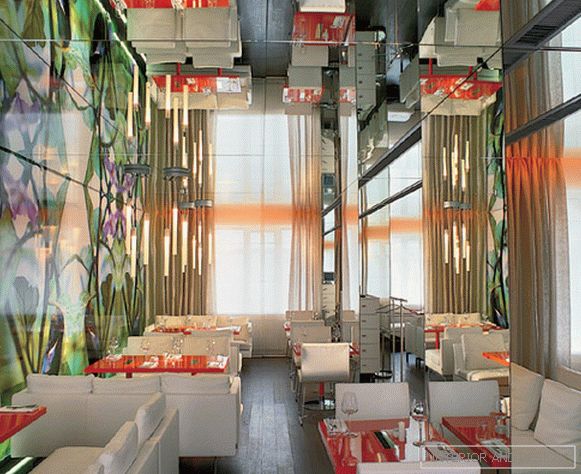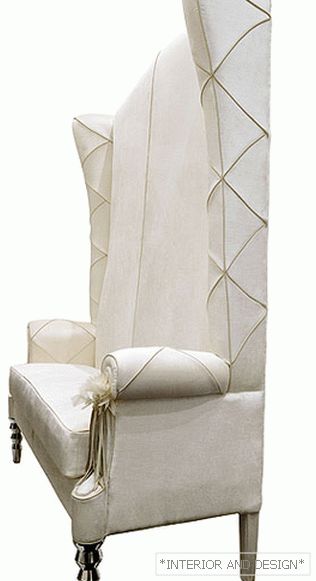Architect Karen Man designed an apartment in the style of non-rutualism: the building structure is not hidden; on the contrary, the use of concrete and raw metal is deliberately underlined
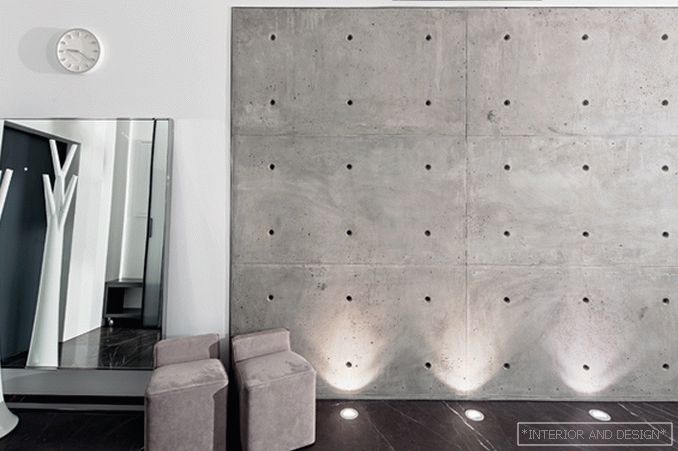
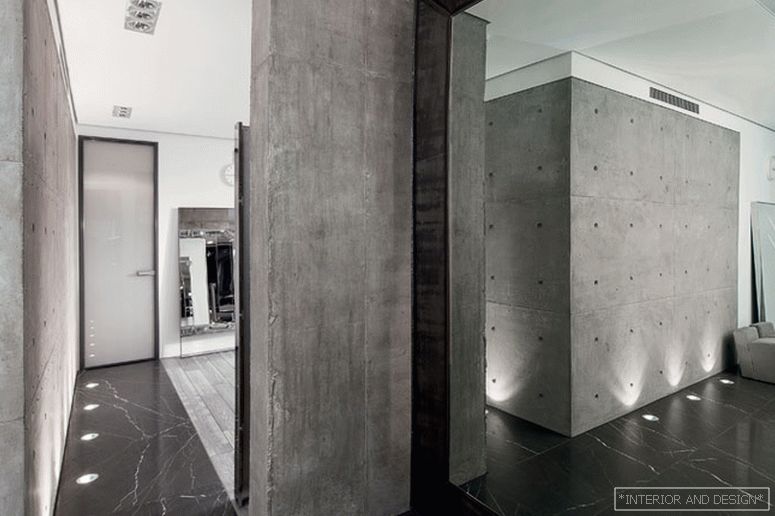
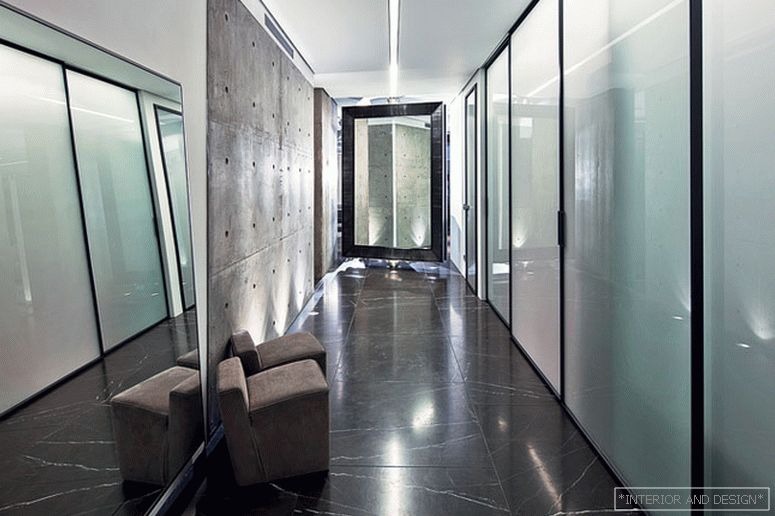
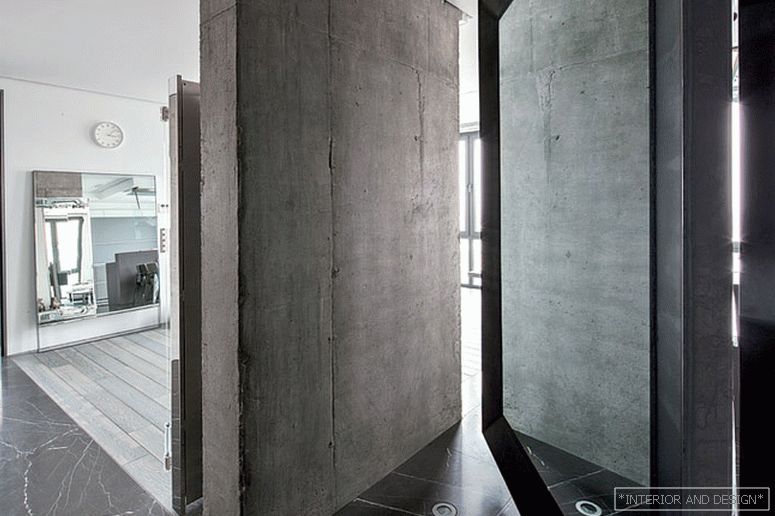
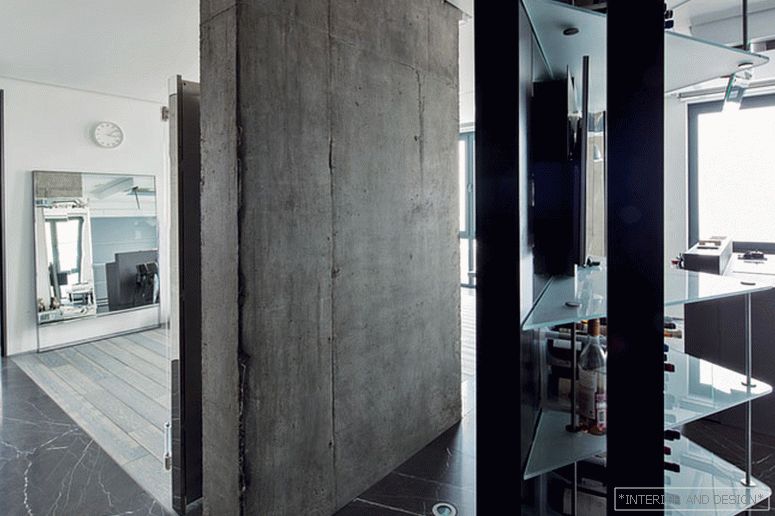

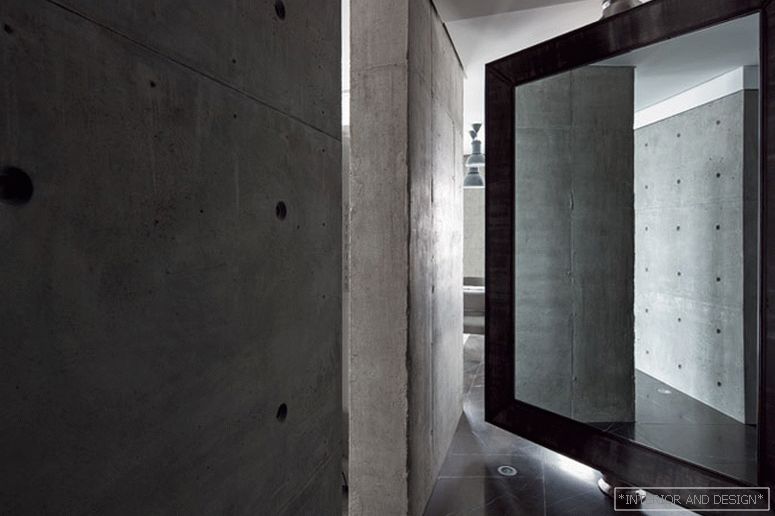
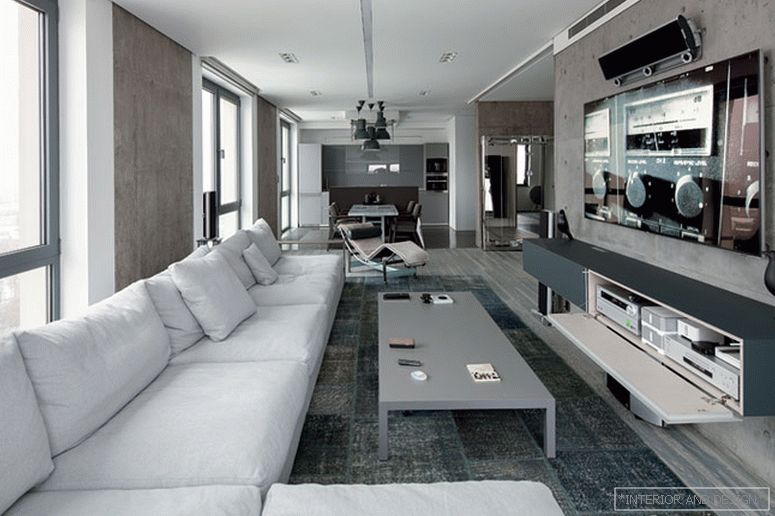
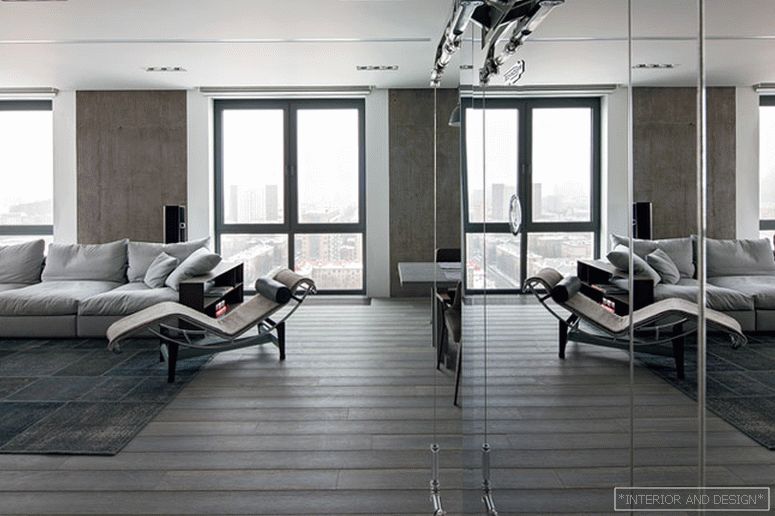
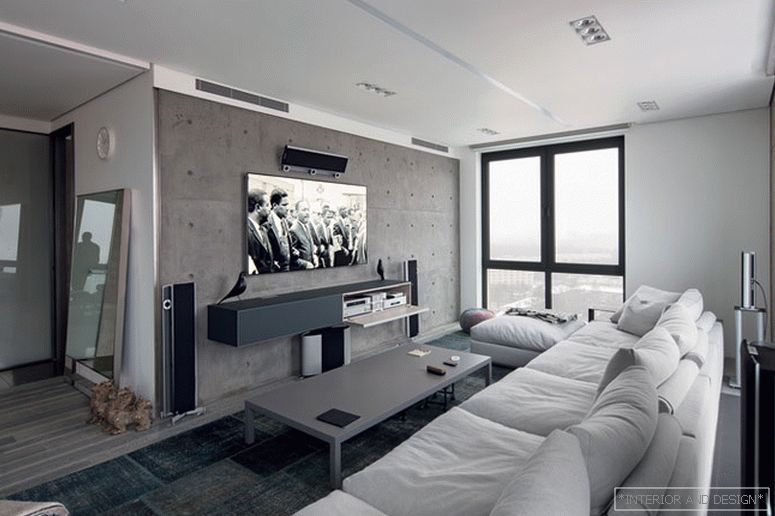
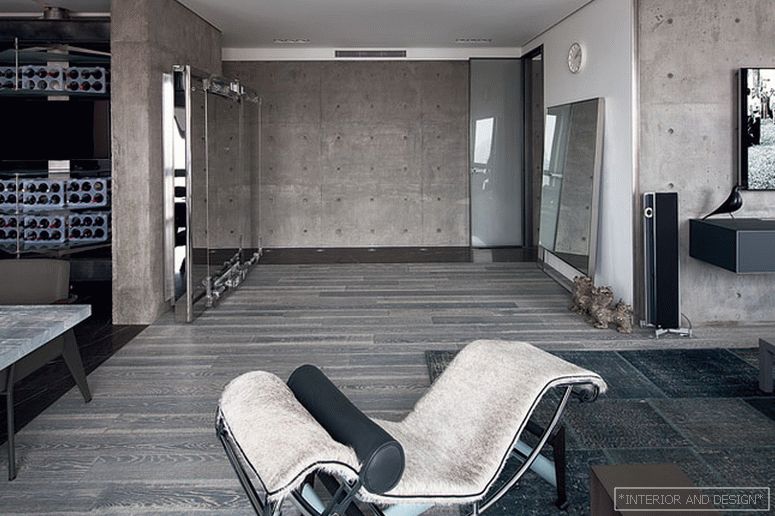
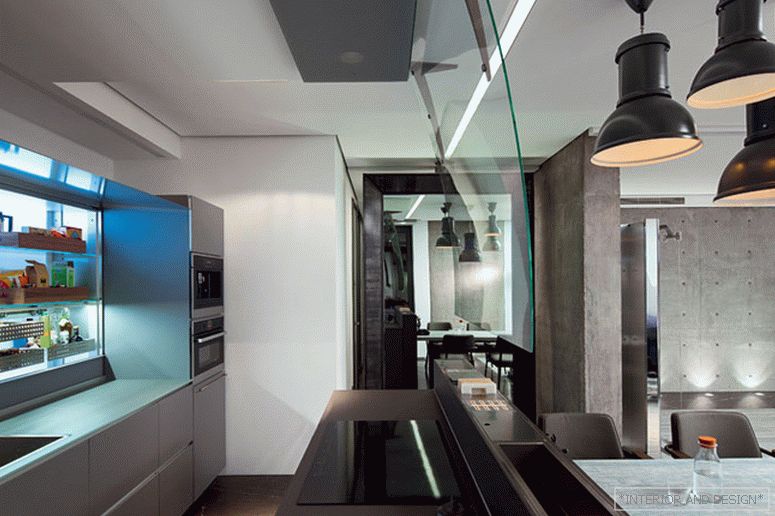
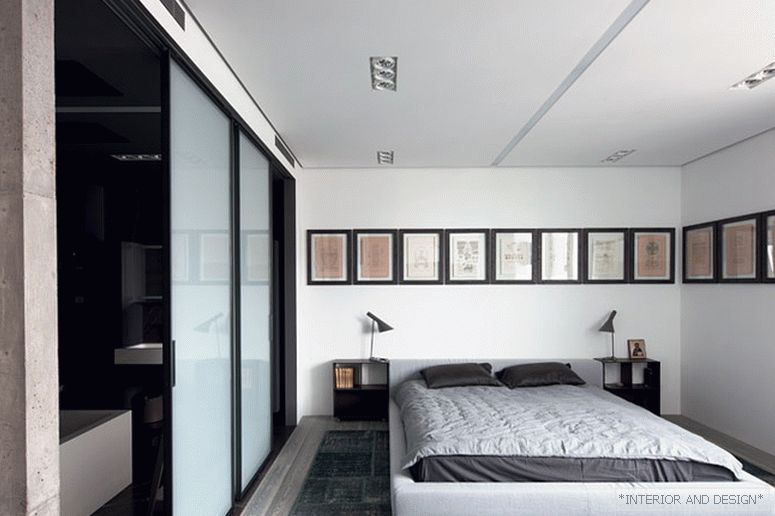
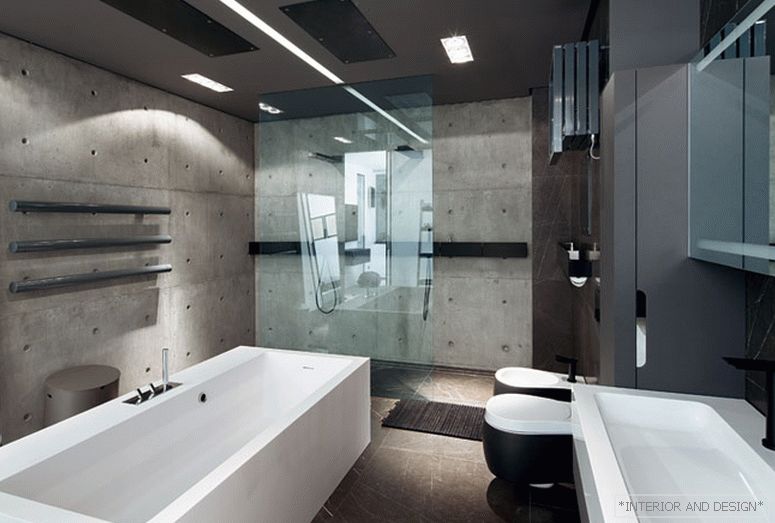 Passing the gallery
Passing the gallery Text: Marina Volkova
A photo: Karen Man, Ilya Efromeev
Project author: Karen Mann
Magazine: Nha (197) 2014
The author of the project, Karen Man: “In this project, we — I and the customer — wanted to pay tribute to the great architects of the 1950s and 70s who cultivated the original beauty of thought embodied in building structures and materials. The principles of this style are closer to the interests of society and therefore will excite contemporaries more and more. We have already recalled the British theorists, let us recall the Asian practitioners. As Tadao Ando said, architects pay too much attention to the attractiveness of their buildings. They try to make their own personal project, while it seems to me that architecture is a public project. ”
Brutalism appeared in post-war England and quickly spread to Europe and beyond. All the major modernist architects who promoted the beauty of engineering structures, one way or another turned to this style. The name was given to it by the term beўton brut (raw concrete), first used by British theorists who relied on building practice. It is from this material, for example, that Le Corbusier built. Brutalism received a special interpretation in Japan, where Kenzo Tange became its apologist, and nowadays Tadao Ando (a new wave with the prefix "neo" in the title) became his apologist. “Once, the customer of this apartment was in the exhibition pavilion designed by Tadao Ando,” says Karen Man, the author of the project. And we wanted to create something similar. The meaning of this architecture is that the building structure is valuable in itself, it does not need additional decoration. The main expressive means is not just the texture and texture of the material (mainly concrete and metal), but above all the preserved, visible and obvious culture of the construction industry, the accuracy and professionalism of the designer and builder. This is probably why brutalism has become so widespread in Japan: the Japanese have this passion for pure (“honest”, as brutalists call them) materials that embody for them the laws of nature, the natural beauty of being, the culture of Shintoism.
The architect admits that creating such a construction is a time-consuming process, but it is worth it. This apartment was originally planned so that concrete partitions became the dominant. “The linear dimensions of the formwork sheets are multiples of the dimensions of the faces of the“ wall paintings ”, and the partitioning of the fasteners set the individual rhythm of the interior, Karen says. We felt this meaningfulness in the pavilion of Ando. Therefore, a special concrete — light, dense, smooth, plastic — was used. He seems alive, he wants to touch. We spend a lot of time at home, not like, say, in a restaurant, an airport, some big building, where everything is far away. Therefore, it is important which surfaces surround us. In this sense, it is necessary to take into account the peculiarities of perception: how a person sees, how he feels. For example, how he hears the echoes from tapping, how he visually and to the touch perceives a monolith. Concrete creates a sense of mass, inspires reliability, monumentality. "
Another basic element of this interior is a two-sided rotating construction separating the kitchen from the hall. On the one hand a mirror is fixed, on the other hand there is a wine collection and a media center. This is the author's design of the architect, the frame is made of raw metal (black steel). All seams are visible, a drawing is read (the stains appearing on the metal during rolling). “I love this element and use it from time to time in my projects,” says Karen. “It can be made from different materials, have different content and themes (library, workplace, etc.) depending on the task. From different angles, it is perceived in different ways: as a sculpture or an art object. According to the complexity of execution, multitasking and, most importantly, the role of the "keystone", which is assigned to this design in the interior, I would equate it with a small architectural form. As well as concrete partitions. "
“Generally speaking, brutalism is about aesthetics and about ethics,” the architect concludes. “Perhaps even more about the latter. This is an intellectual style that promotes a thoughtful and responsible attitude to the material, structure, function and the profession as a whole. He establishes the immutable laws of the unity of the building and the person living in it, with nature, the microcosm, and therefore requires us to realize our responsibility. Indeed, not from the word brut— “coarse,” but from brut— “truthful.”

